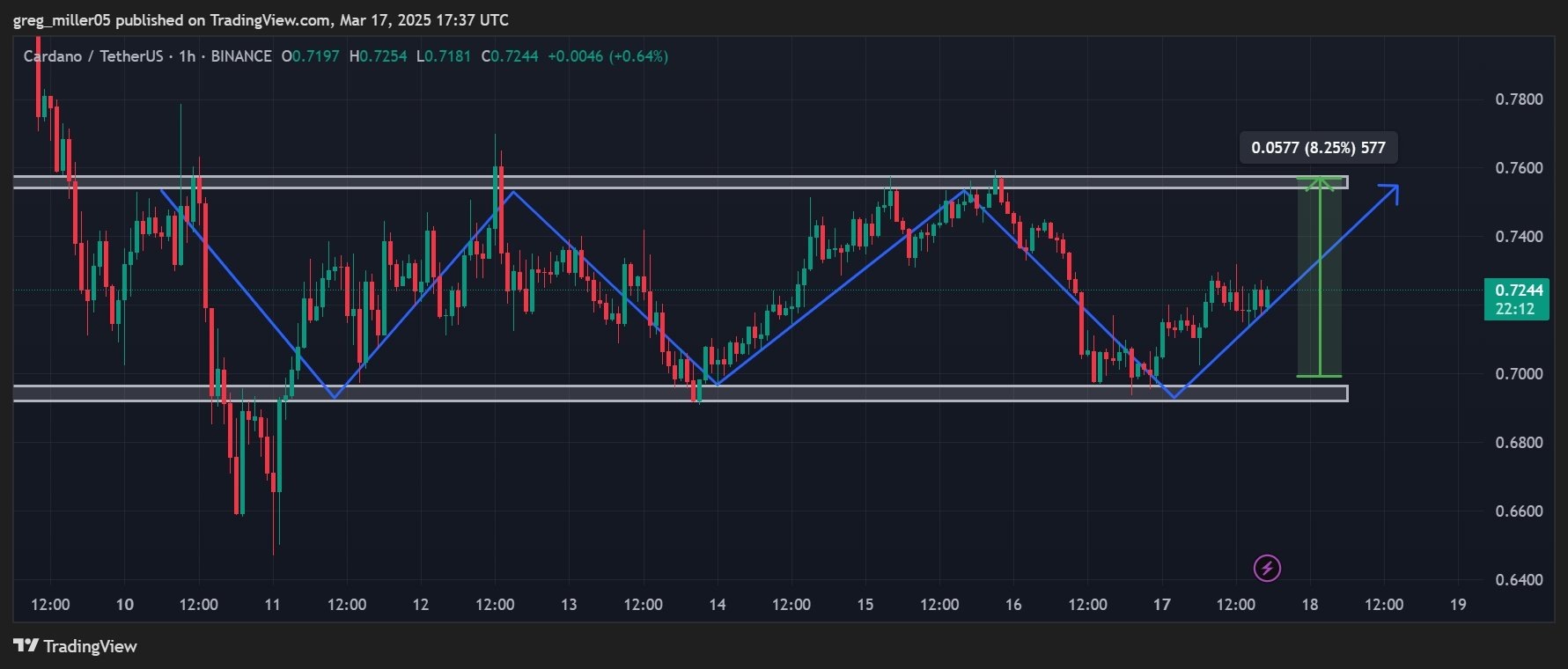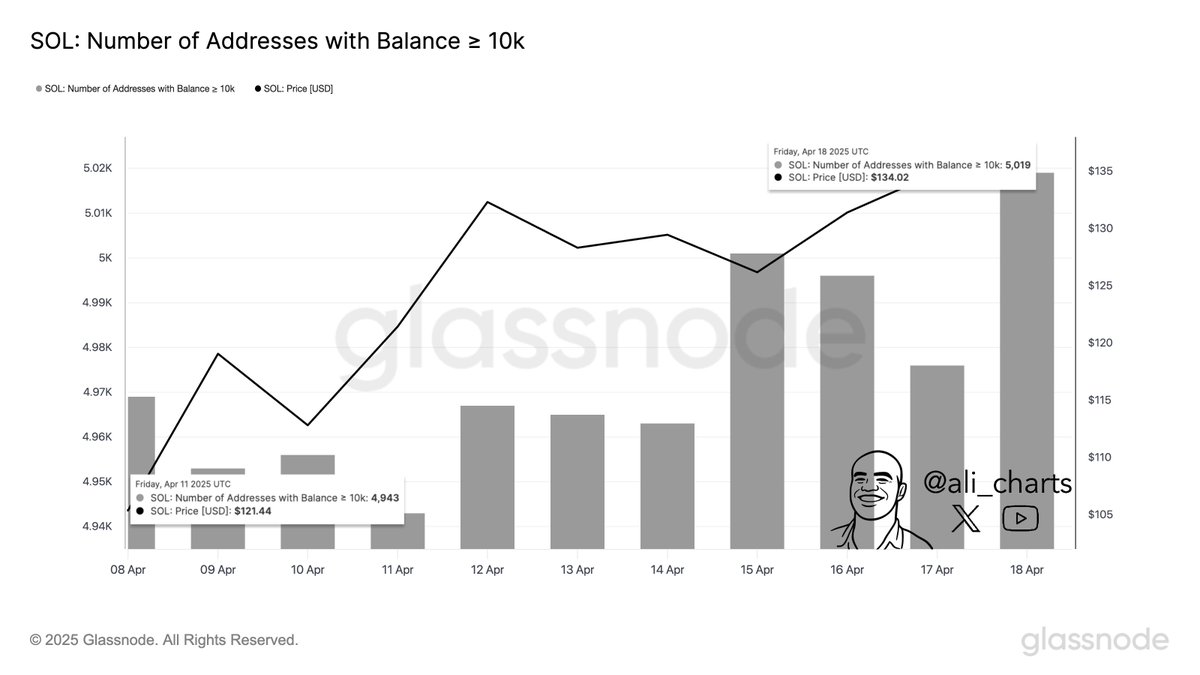
Today marks the 50th birthday of Satoshi Nakamoto, the pseudonymous creator of Bitcoin. While the identity of Nakamoto remains a mystery, Bitcoin’s impact on global finance is undeniable. In a year where Bitcoin is seeing rising institutional adoption and geopolitical support, Satoshi Nakamoto’s vision of decentralization seems to be taking root on a global scale.
Bitcoin is becoming increasingly recognized as an alternative to traditional financial systems, especially as inflation concerns and central bank policies weigh on the global economy. Bitcoin’s value has soared, with some speculating that it could challenge the U.S. dollar’s dominance in global markets.
Satoshi Nakamoto 50th Birthday Today
Satoshi Nakamoto’s birthday on April 5 holds historical significance, especially when looking at the role Bitcoin plays in the current financial landscape. This date is significant when reflecting on the history of American monetary system. On April 5, 1933, President Roosevelt signed the move order 6102 which was gazetted to a regulation that compelled Americans to turn in their gold to the Federal reserve.
This order indicates a drastic change in the control of money which was the concept that Bitcoin sought to disrupt. The fact that Bitcoin does not have a central authority and that its supply is finite eliminates some of the issues seen with more traditional form of money that are printed by the central banks. Some view the choice of April 5 as Nakamoto’s birthday as not being a complete coincidence because it is associated with monetary freedom and a reference to gold and the control of money by the U.S. government.
Bitcoin’s growing popularity in 2025 may be seen as a direct response to centralized financial systems. Part from being a decentralized and deflationary system, Bitcoin presents the potential to become a global reserve currency in the future replacing the existing US Dollar.
Bitcoin’s Growing Influence and Institutional Support
While Bitcoin has been advocated as an instrument of speculation, over time it has evolved to be more than that – it is now seen as a store of value and an inflation hedge. Currently, big investors such as Michael Saylor and giants like BlackRock are investing in Bitcoin and the cryptocurrency market.
Like Satoshi Nakamoto, Michael Saylor the Chief Executive Officer of MicroStrategy has been an aggressive advocate for Bitcoin. His company currently possesses over 500,000 BTC, amounting to several billions of US dollars. Saylor has also stated on record that, Bitcoin is a superior store of value to the US dollar in the long-term. He described Bitcoin as the next big thing with capabilities to revolutionize finances across the world.
Concurrently, BlackRock CEO Larry Fink spoke about the U.S. dollar in his letter where he stated that Bitcoin may become a competitor to the dollar, given the bleeding that the country is experiencing from high debt levels and inflation. Such contributions from large financial institutions evidently prove that Bitcoin is no longer an outsider but an integral part of the financial market.
Bitcoin’s Impact on the Financial Market and Kiyosaki’s Warnings
The increase in the use and demand for BTC has attracted the attention of many financial analysts and investors. Robert Kiyosaki, the author of Rich Dad Poor Dad, recently raised the alarm, stating that the conventional monetary systems might collapse. Robert Kiyosaki, who has supported the idea of using gold and silver as a hedge against the uncertain economy, thinks that BTC is also among such assets.
Kiyosaki has claimed that the US Federal reserve will print so much money, that inflation and dilution of the dollar is inevitable. He nourishes the opinion that it is in this environment that Bitcoin will become more valuable as an asset that allows to maintain purchasing power.
With Bitcoin’s price reaching new highs and institutional adoption on the rise, the idea of a digital gold standard is becoming more plausible. Whether Bitcoin will ever replace the U.S. dollar remains to be seen, but the growing support from both private and institutional investors suggests that its role in the global financial system will continue to expand.
The post Satoshi Nakamoto Birthday: Here Is How Old Bitcoin Creator Is Turning As BTC Threatens US Dollar appeared first on CoinGape.











